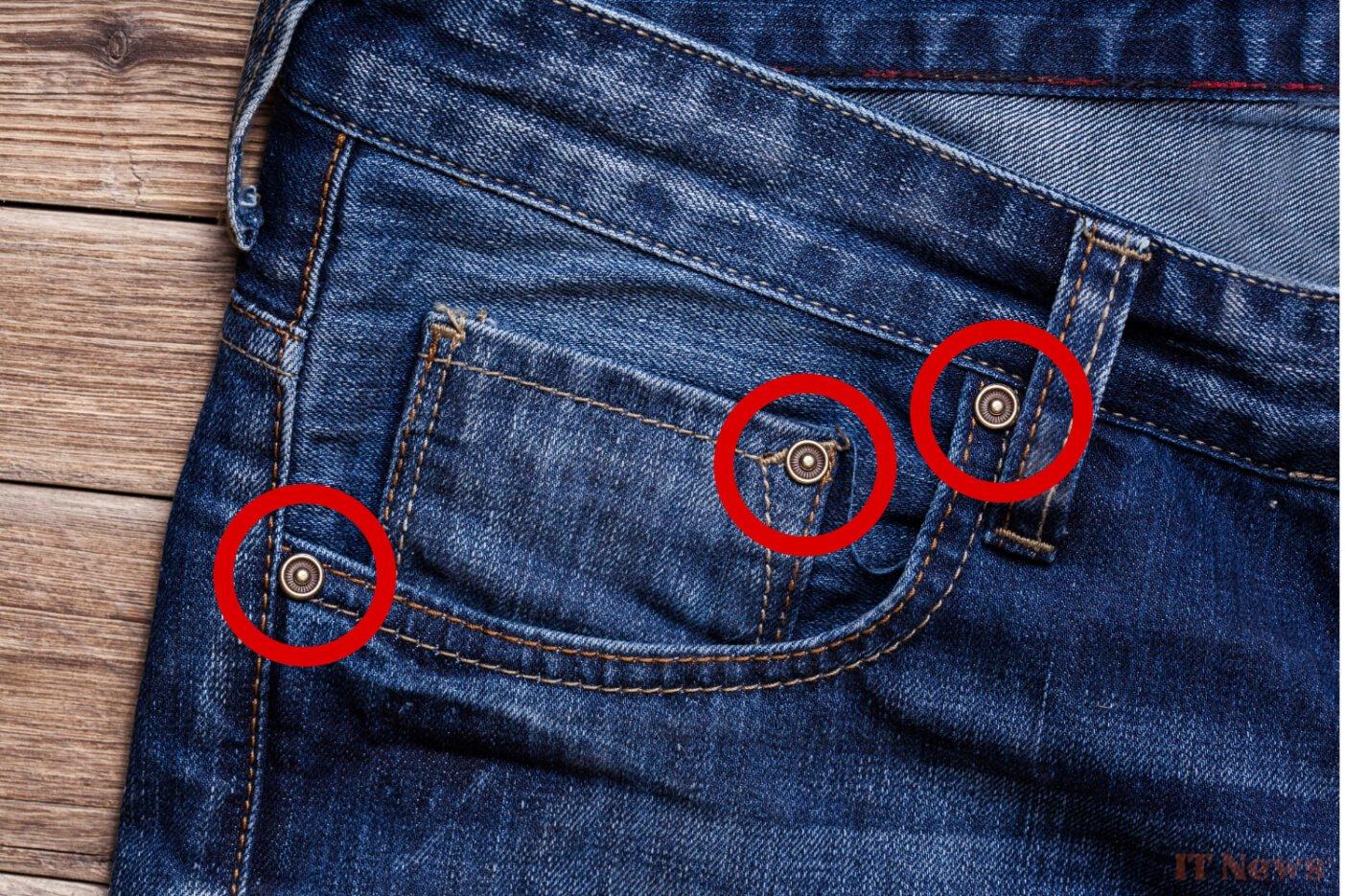These small metal buttons, called rivets, are an integral part of denim design... but what exactly are they for? Are they purely decorative? A stylistic flourish? Not at all. Their function is much more essential and historical than you might imagine!
An invention born in the mines
To understand the usefulness of these famous rivets, we have to go back to 1873 in the United States. At the time, jeans were not yet fashionable clothing, but rather sturdy work clothes worn by workers, miners, and cowboys in the American West. The problem? The pockets of these pants would eventually burst under the influence of tools and daily wear.
That's where a tailor named Jacob Davis came in. Noting the fragility of the seams in certain strategic places, he had the idea of reinforcing the stress points with small metal rivets. He then contacted Levi Strauss, a denim supplier, to file a patent together. Modern jeans were born, with these little buttons that would change everything.
A solidity that will last
The rivets are positioned very precisely: at the ends of the pockets, where the fabric is most stressed. Their function is simple: to prevent the seams from tearing over time. Even if manufacturing techniques have evolved since then, and the seams are now much more resistant, the rivets have survived the decades without aging. Both functional elements and symbols of robustness, they have become a visual signature of jeans, just like their contrasting stitching or their iconic cut.
In the wake of the rivets, other details of the jeans are also inherited from this pioneering era. This is the case of the famous small pocket inside the right front pocket. Often mocked for its apparent uselessness, it was once used to store a pocket watch, well protected from shocks. Even if no one slips a fob into it today, it's still there!
A fashion item that has remained true to its origins
The most fascinating thing about this story is that such a technical, functional element ended up becoming a universal stylistic landmark. Rivets are now omnipresent, regardless of the price or brand of jeans. They are part of the DNA of this garment that has crossed social classes, continents, and eras, without ever denying its heritage or its primary purpose: to resist.



0 Comments